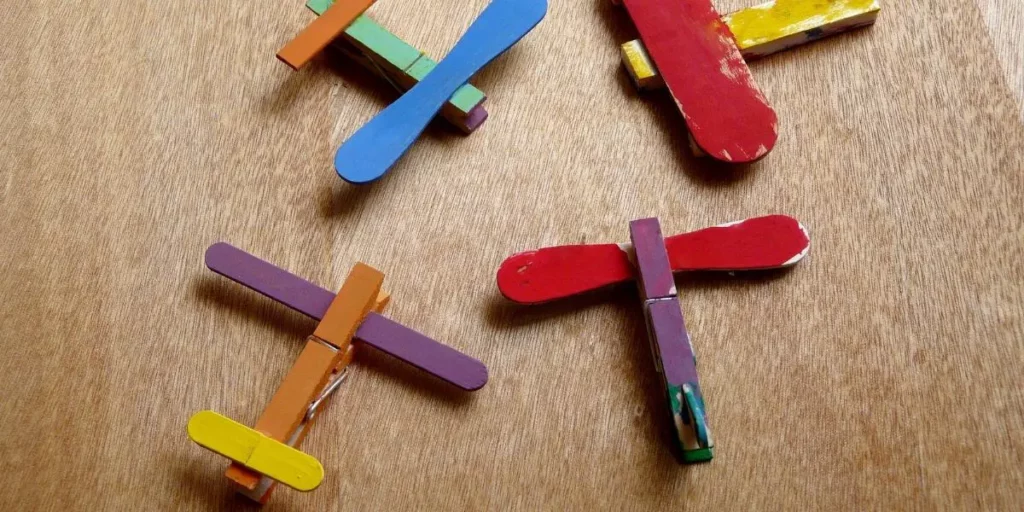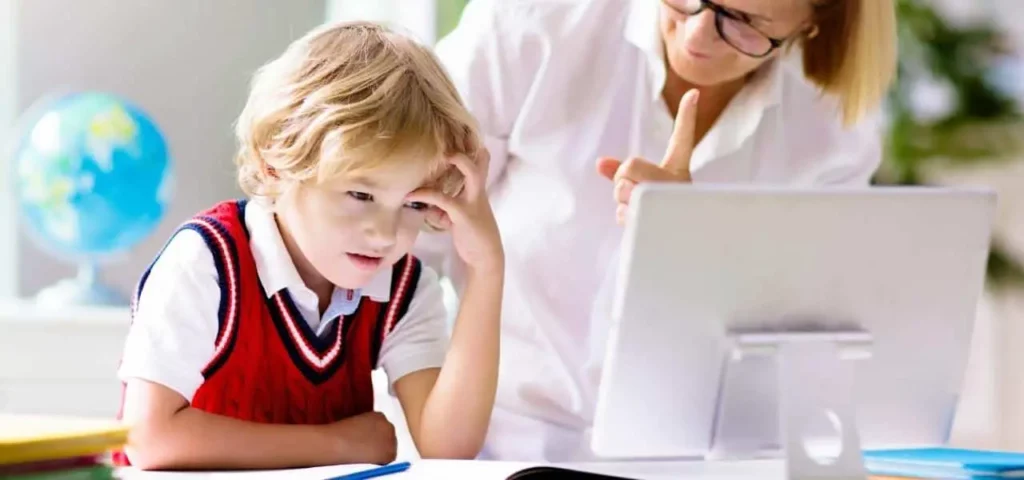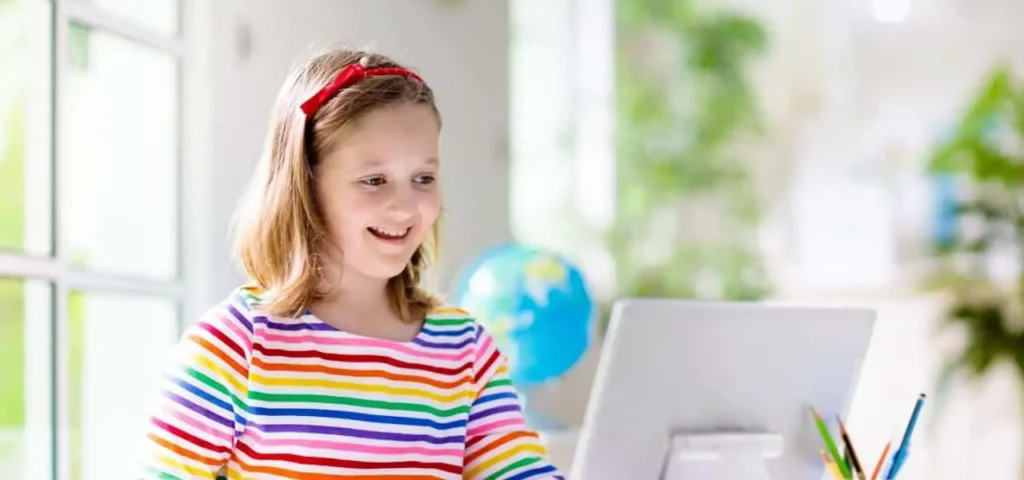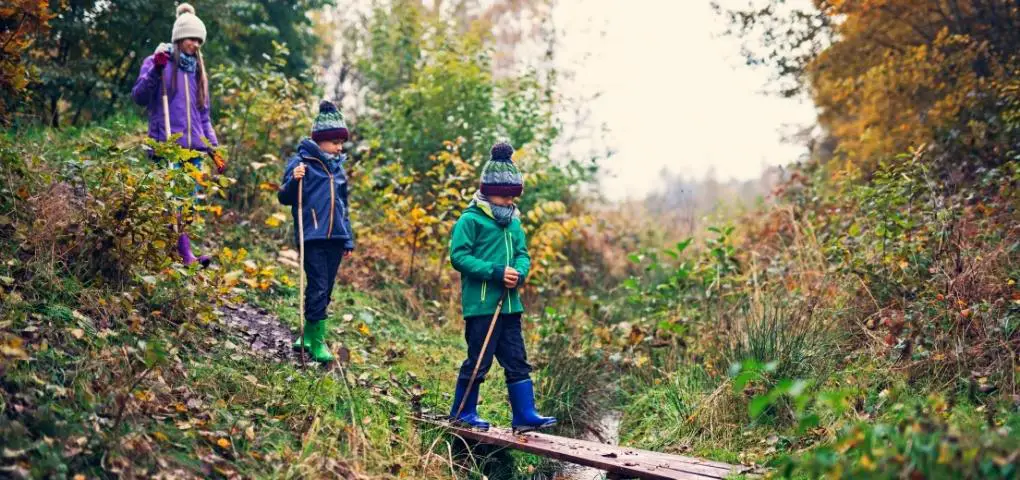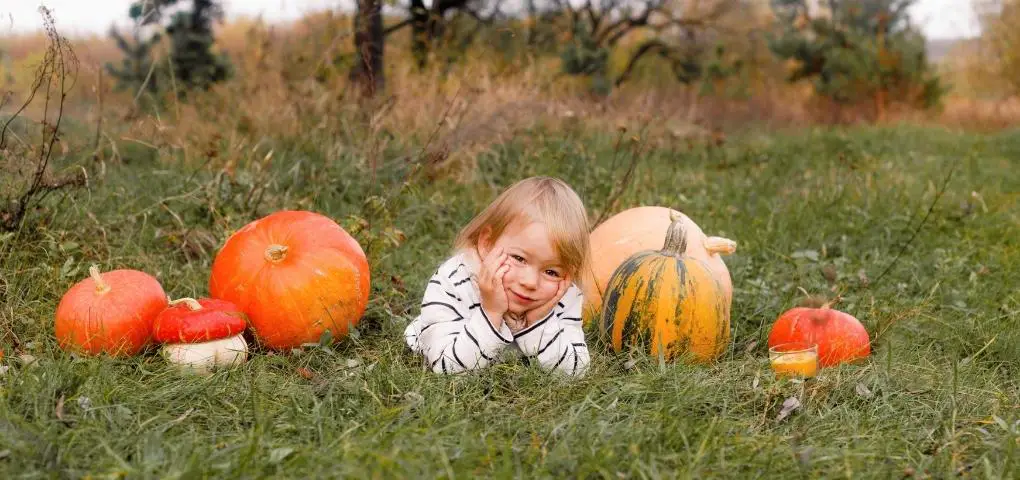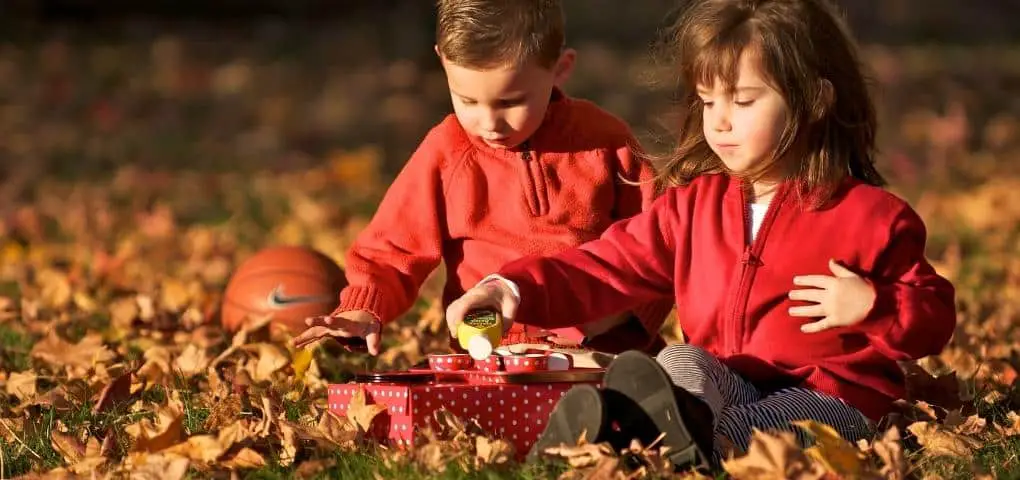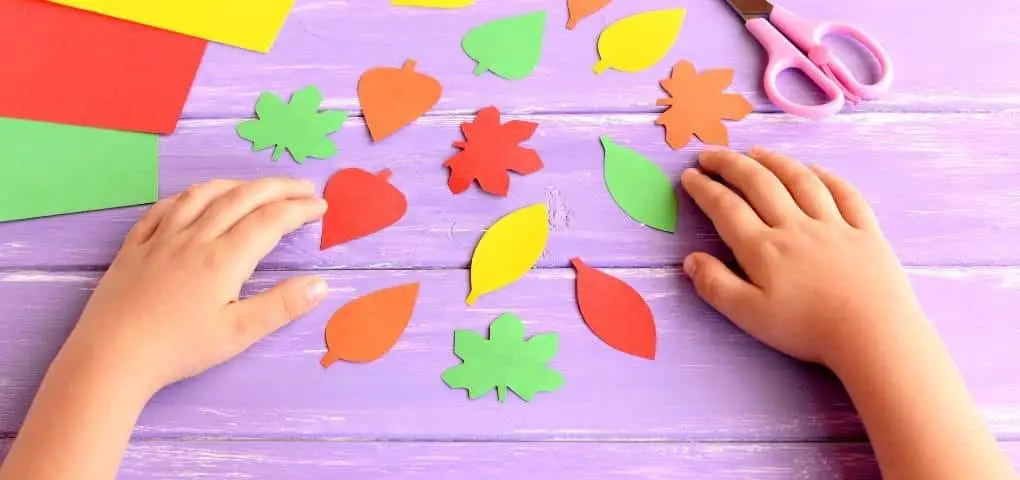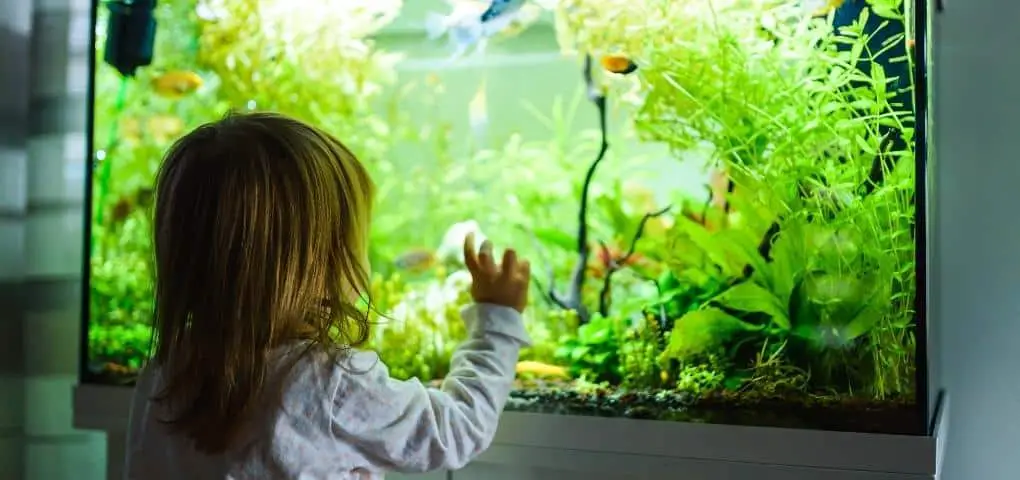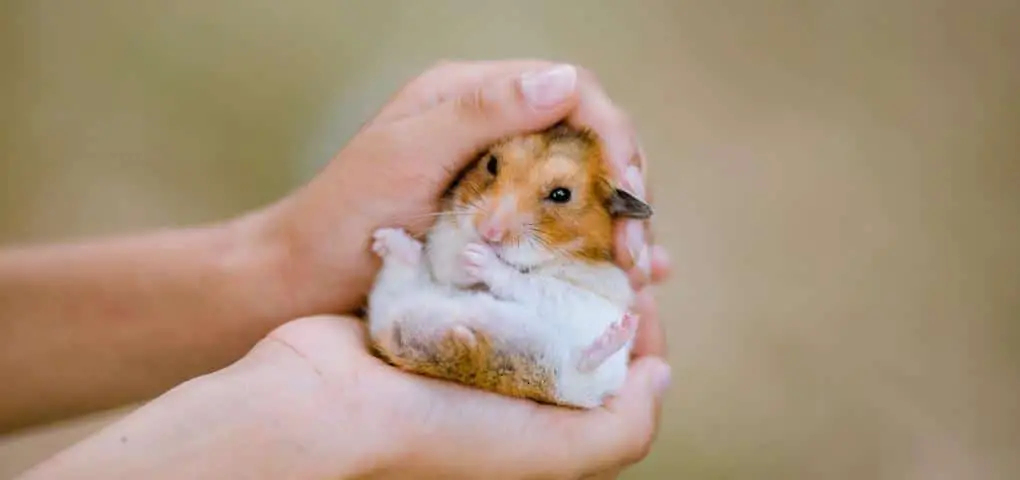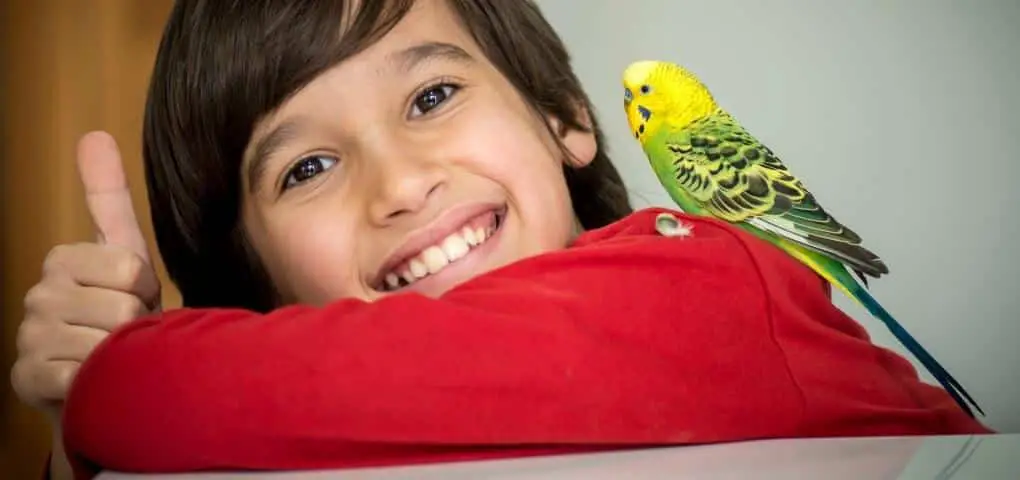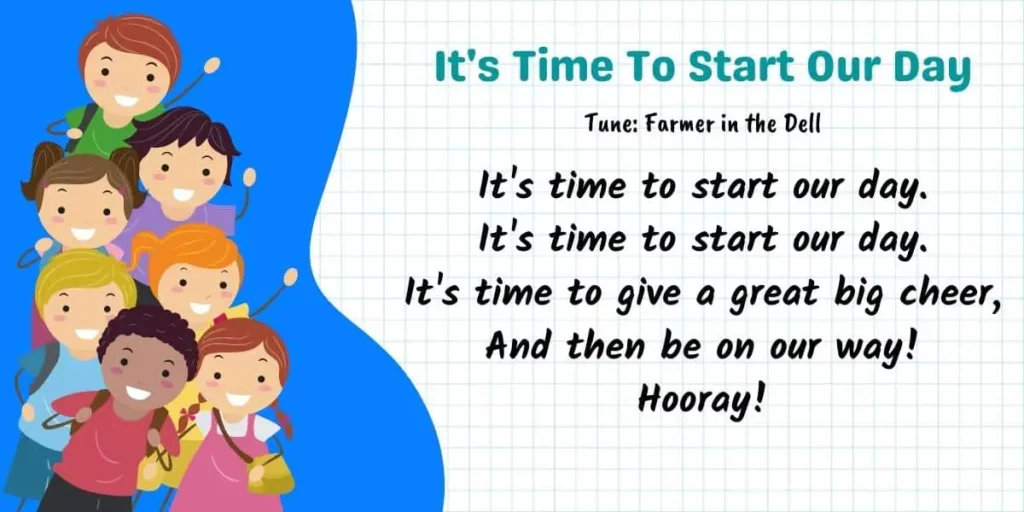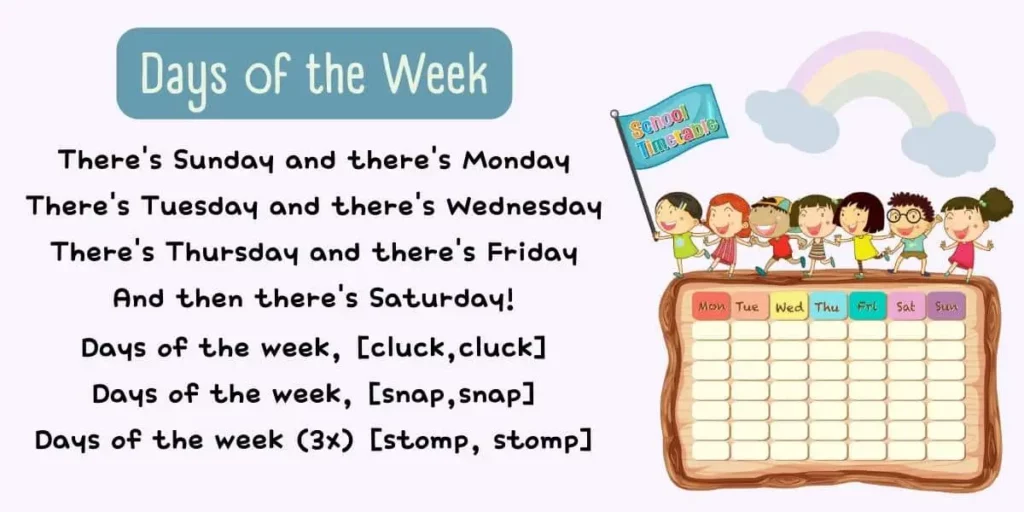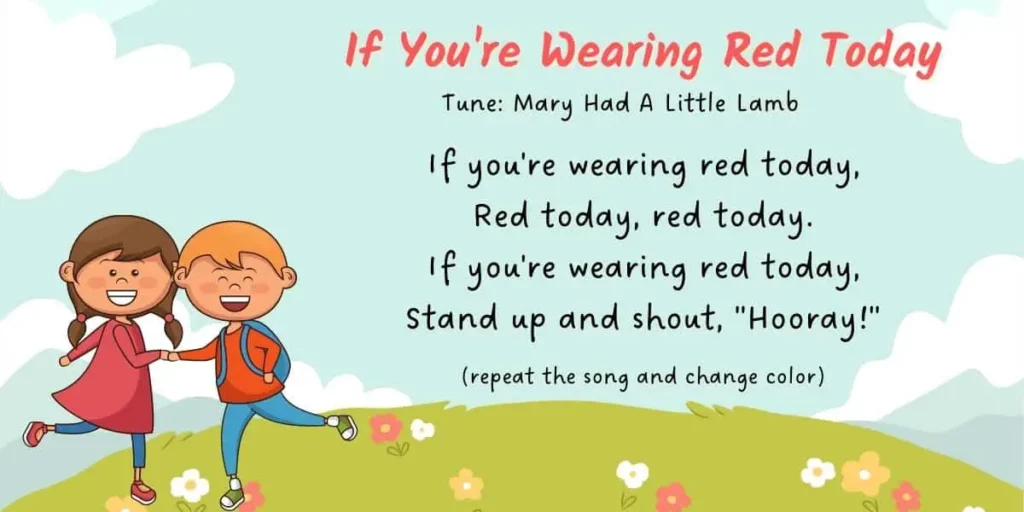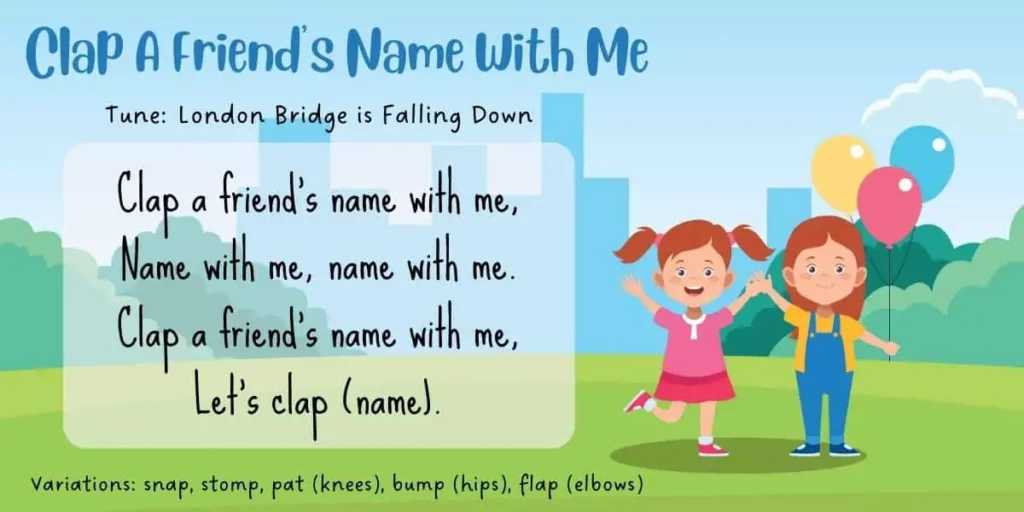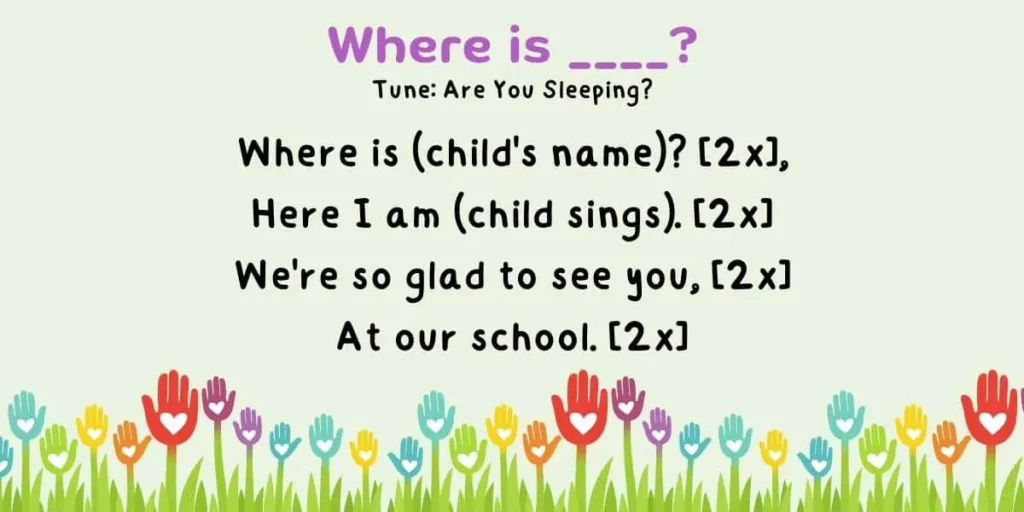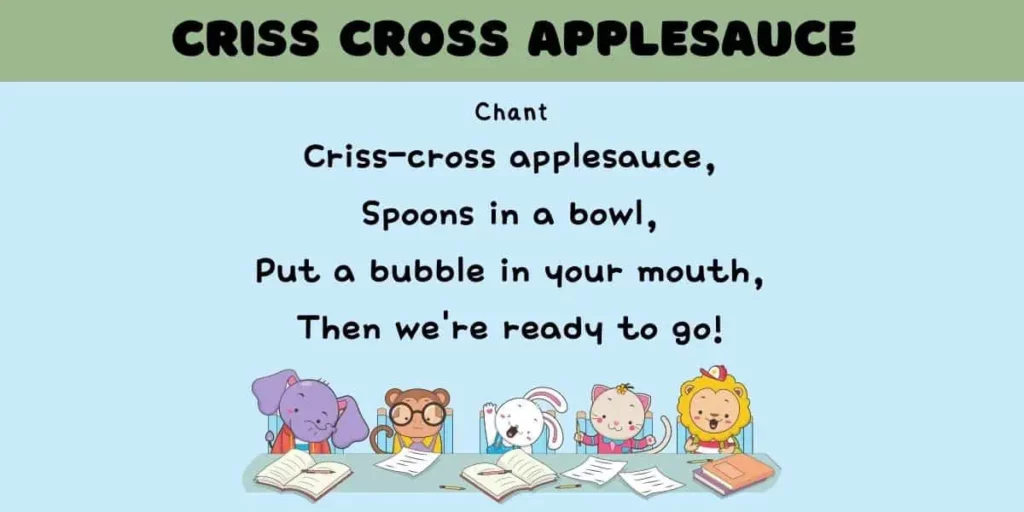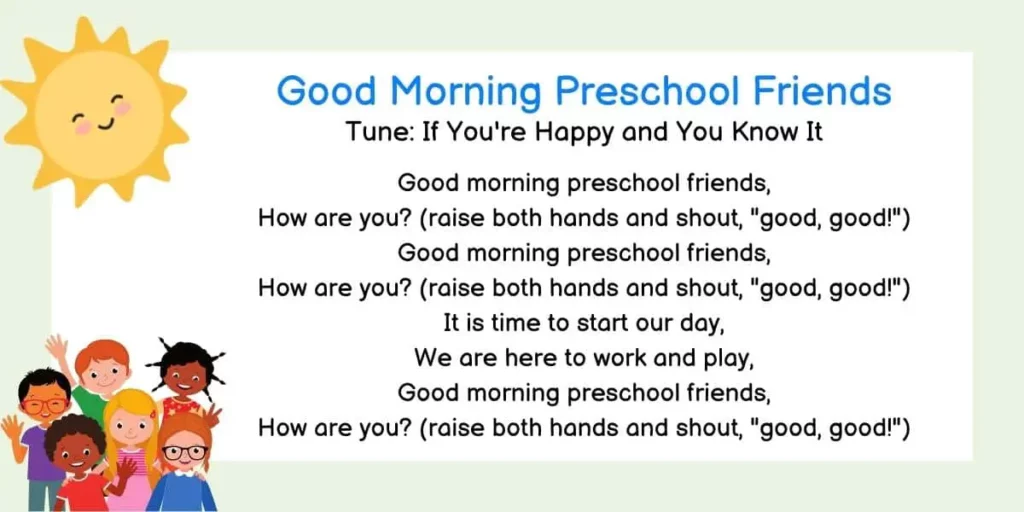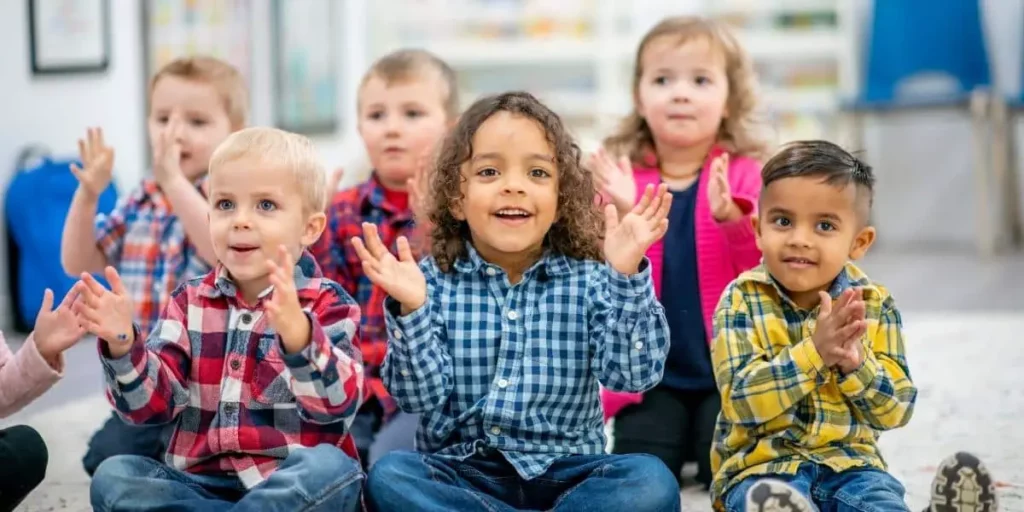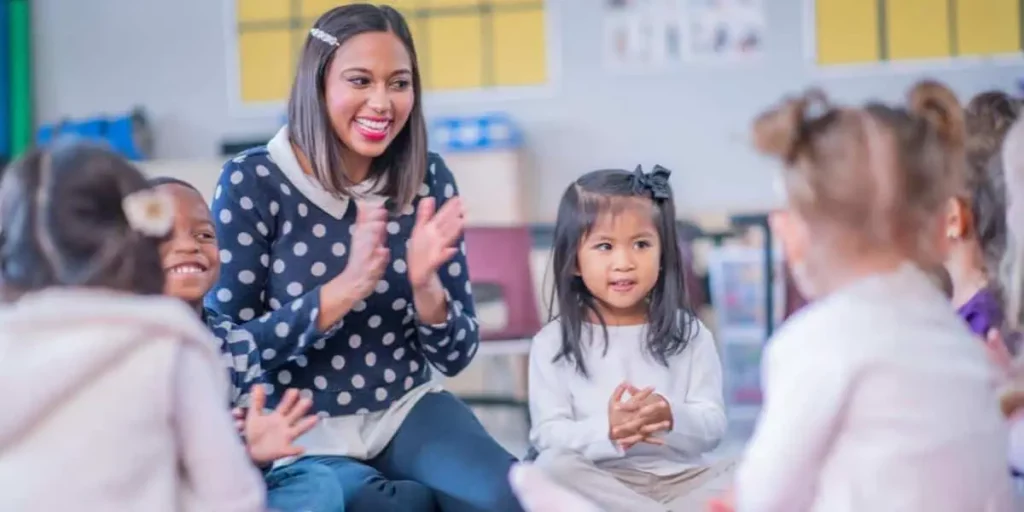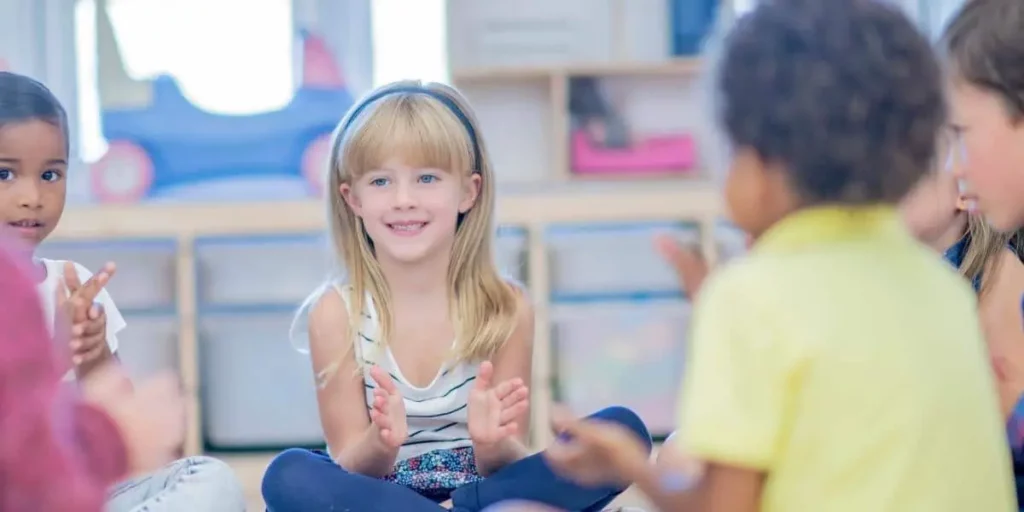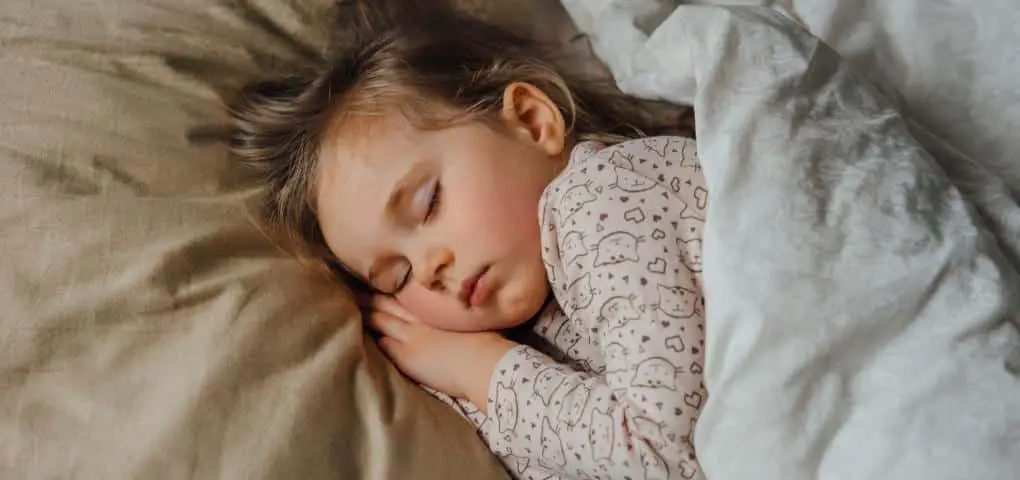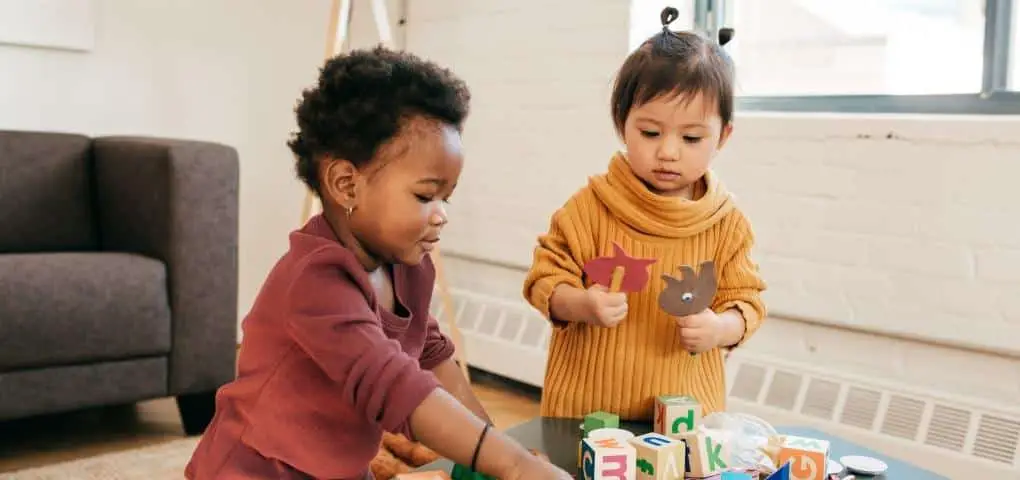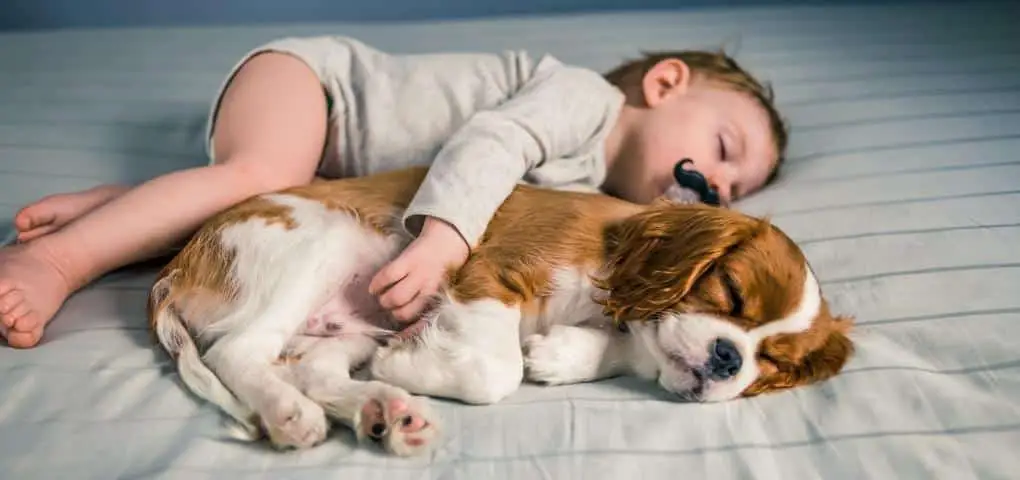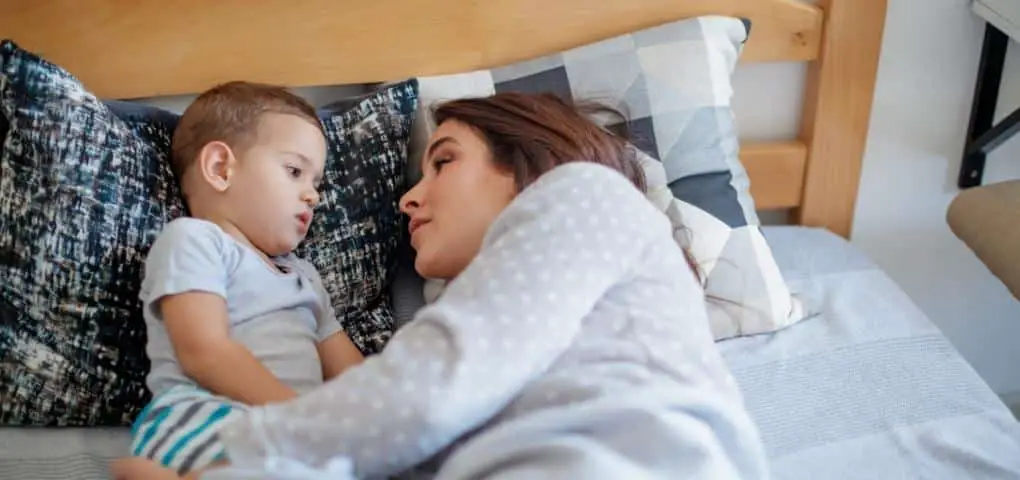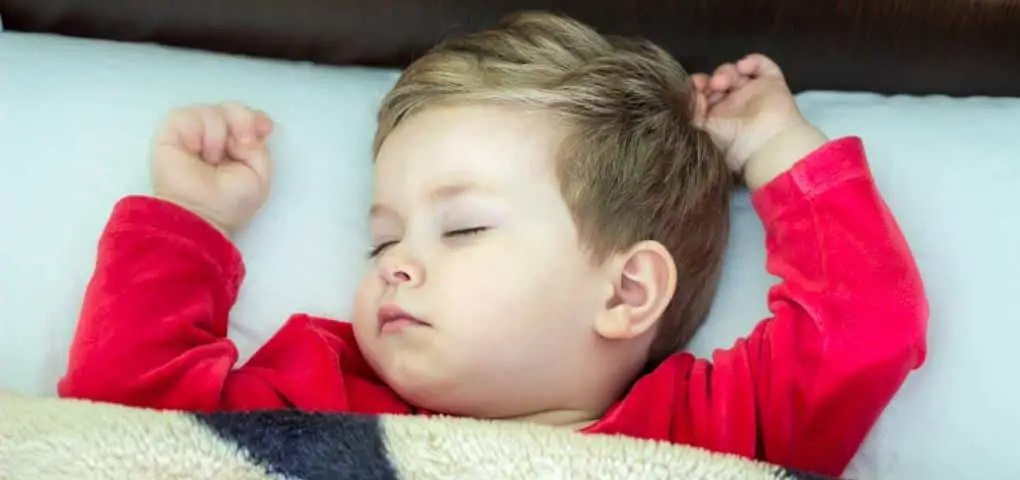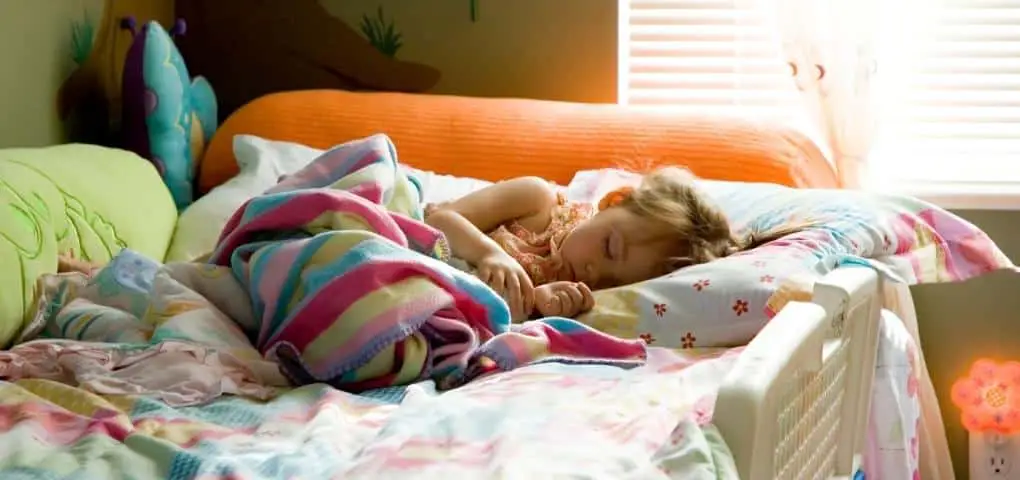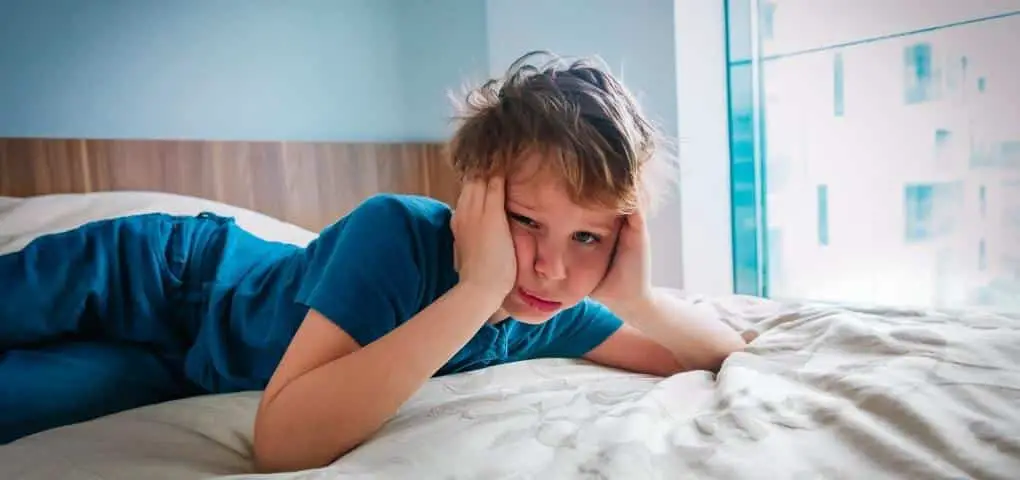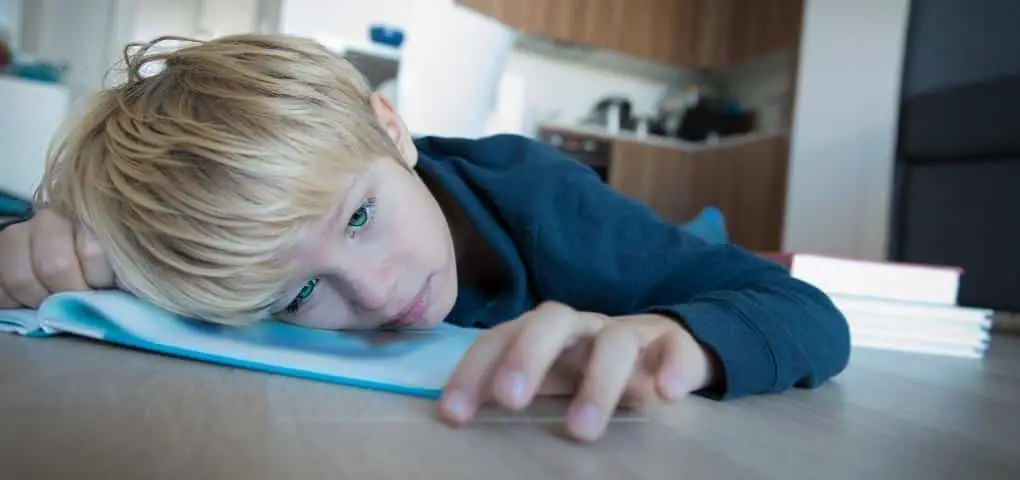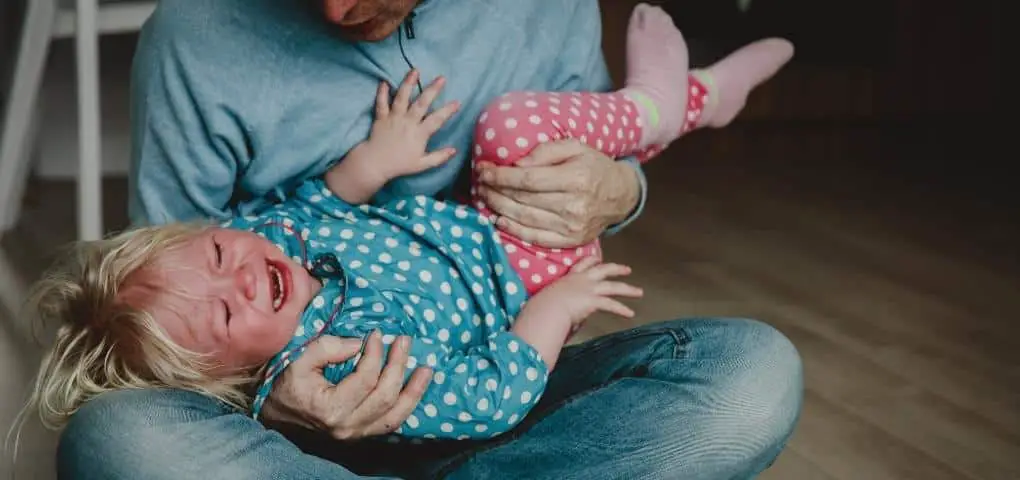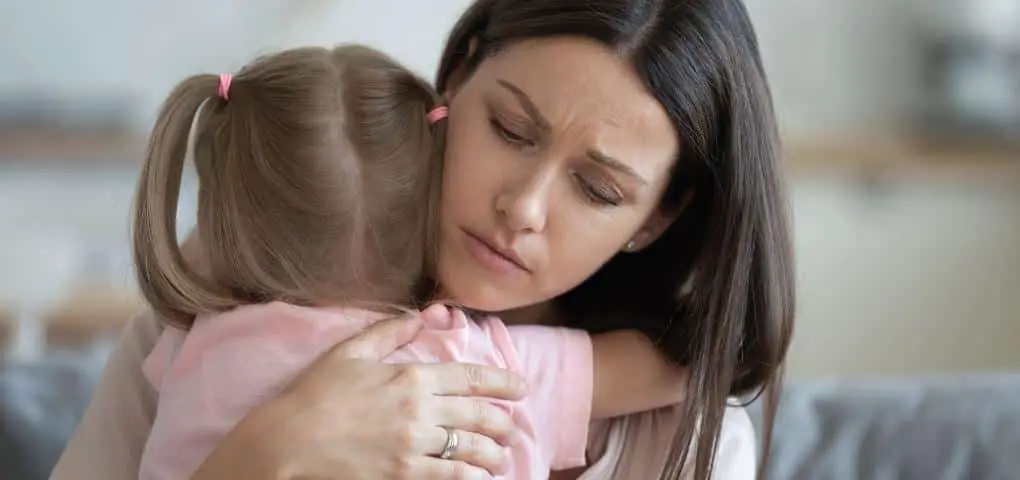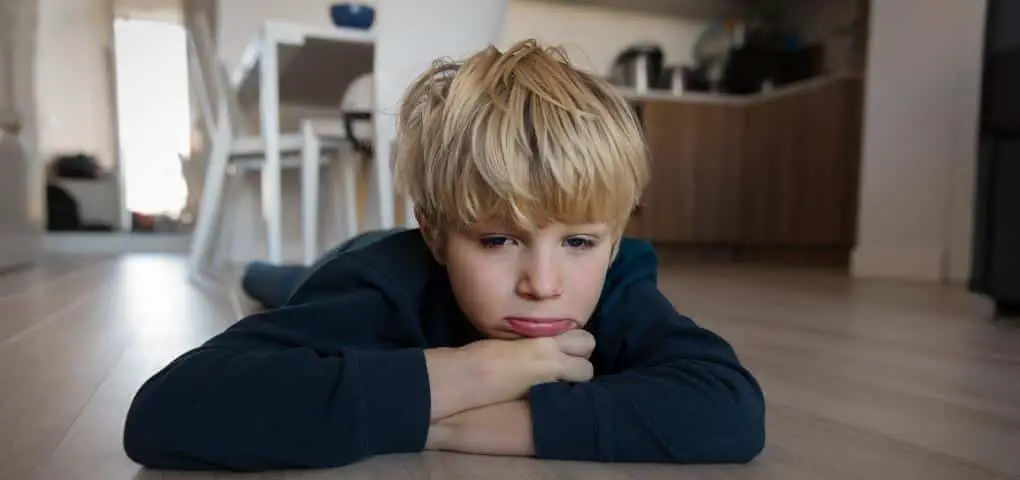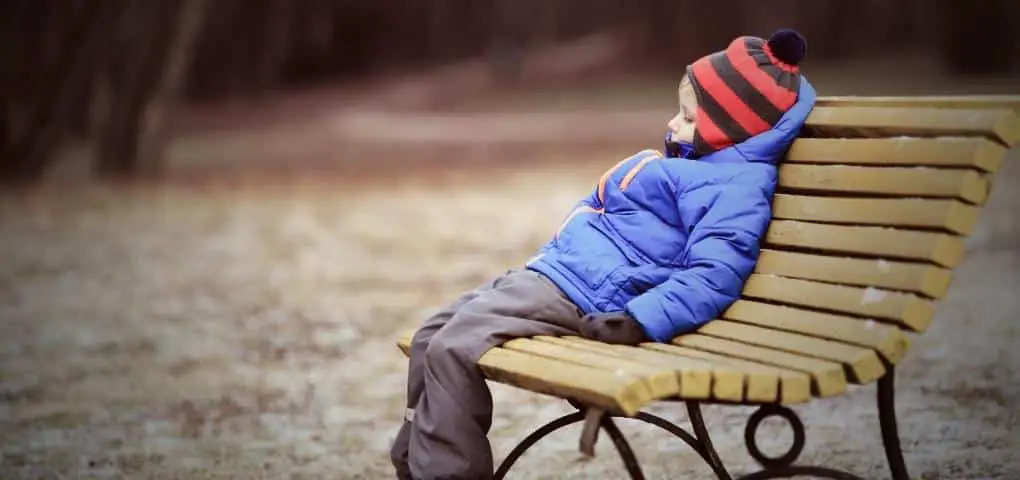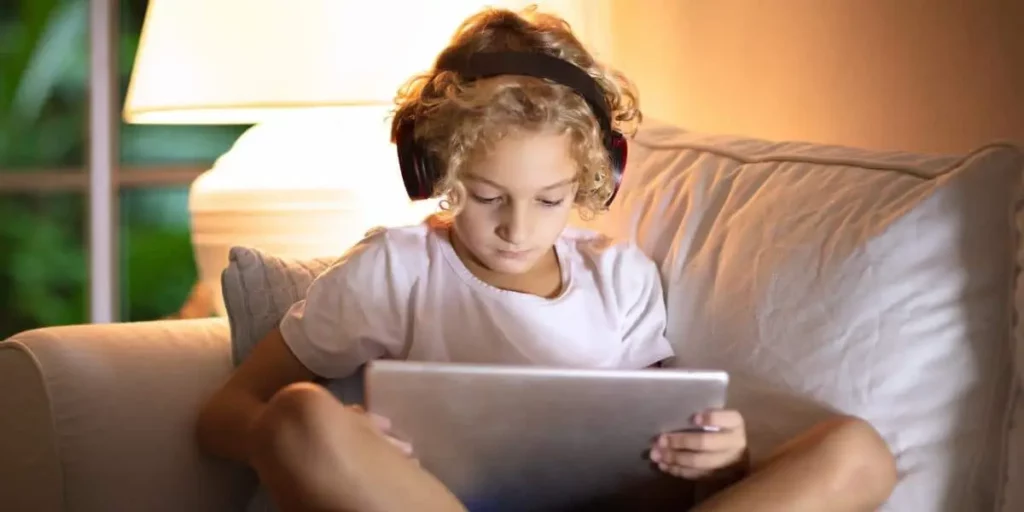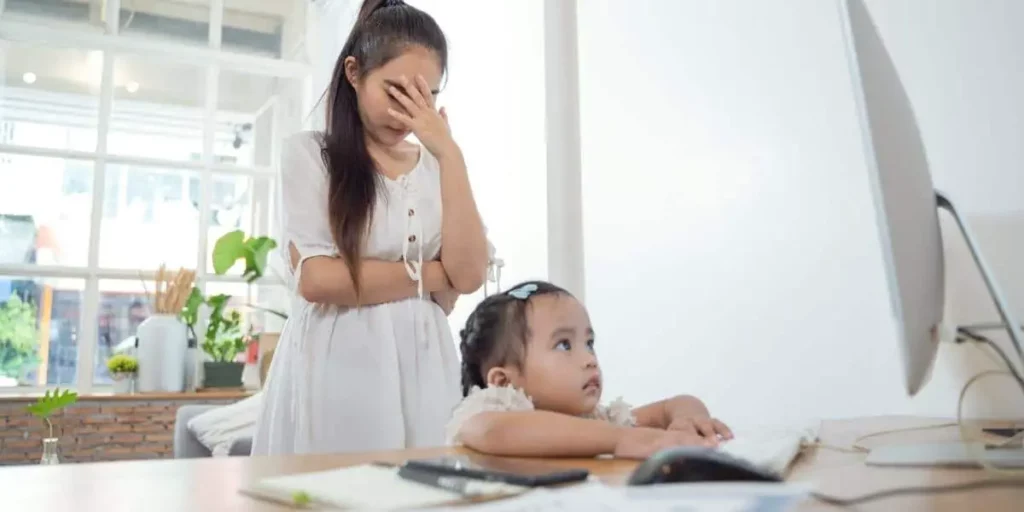The Effects of Remote Learning on Students
Remote learning or distance learning has become a popular way for students to receive an education. But what are the effects of remote or distance learning on students? A lot of people are still on the fence about it, wondering if it’s really as good as people say it is.
There are both positive and negative effects of remote learning, and it is important to consider them all before making a decision about whether or not to enroll your child in a remote learning program. This article will discuss the pros and cons of remote learning so that you can make an informed decision about your child’s education.
But First, What Is Remote Learning?
Remote or distance learning is when students receive an education from a remote location, usually via the internet. It is becoming increasingly popular as more and more schools offer it as an option for families.
Distance learning started when COVID-19 first hit and schools had to close their doors. Many families chose distance learning so that their children could continue receiving an education while staying safe at home.
There are many different types of distance learning, but the most common type is synchronous remote learning, which is when students learn at the same time as their classmates but from a remote location. This can be live or recorded.
Now that we’ve established what distance learning is, it’s time to talk about the effects of remote learning on students. There are both positive and negative effects of distance learning on students. Some students thrive in this learning environment, while others struggle.
Positive Effects of Remote Learning on Students
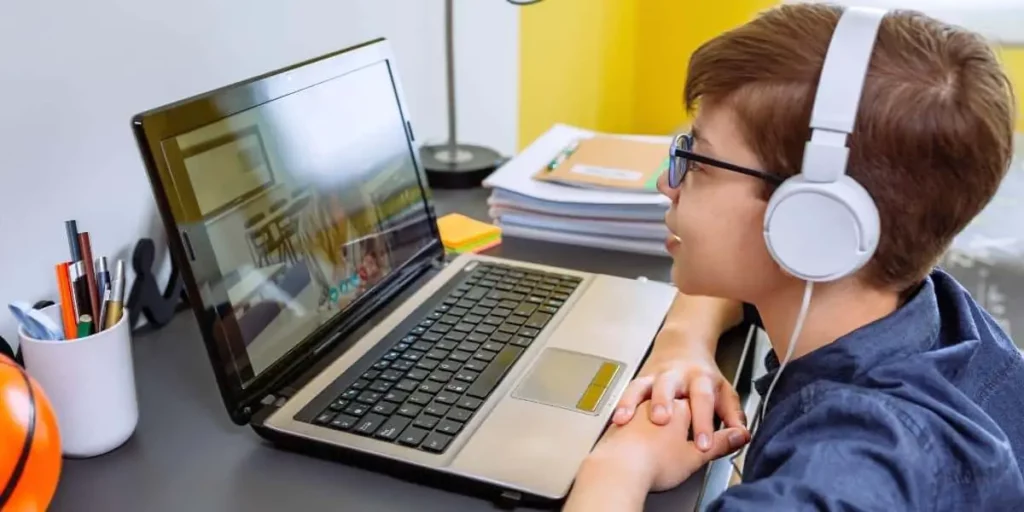
There are several positive effects of distance learning on students. Let us explore them in detail:
Enhancing Independence in Kids
One of the most significant advantages of distance learning is that it helps in enhancing the independence of kids.
When students are attending classes from home, they have to be responsible for their own learning. This type of responsibility can help them become more independent and self-sufficient individuals.
When students learn to be independent at an early age, it can have a positive impact on their overall development. This is because they will know how to manage their time and resources efficiently.
They will also be able to take charge of their learning process, which can lead to better academic performance. Therefore, online learning benefits most students, especially younger students.
Fostering Creativity
Another distance learning effect is that it can help in fostering creativity among students. When students are not bound by the traditional classroom setting, they can explore their creativity and come up with new ideas. This is because they will be free to experiment and try out new things without fearing failure.
Creativity is an important skill that students need to succeed in the future. By fostering creativity, remote learning can help students develop important life skills that they can use in their future careers.
Improved Communication Skills
When students are not face-to-face with their teachers and classmates, they need to find other ways to communicate effectively. This can include using email, video conferencing, and chat tools.
By communicating online, students learn how to express themselves clearly and concisely in writing. They also learn how to listen carefully and respond thoughtfully to others.
Most students find online learning to be more effective in developing social skills since it is not overwhelming. For instance, high school students struggled with mental health problems prior to online learning because they have to deal with other students every day.
With online learning, they get to protect their mental health since most students receive the support and encouragement they need to succeed. Online learning does not promote bullying and can be better for students’ mental health.
Improving Time Management Skills
When students are learning remotely, they need to manage their time wisely to complete their assignments and participate in class. This can be a challenge at first, but it can become easier with practice.
Time management is an important skill for success in college and in the workplace. This is because it can help students to manage their workloads better and meet deadlines.
Some remote learning activities that can help improve time management skills include:
- Planning out a daily or weekly schedule
- Breaking down assignments into smaller tasks
- Setting deadlines for completing tasks
- Using a planner or calendar to keep track of due dates
- Taking breaks between tasks
Therefore, online learning offers plenty of benefits for many parents and students. After all, many parents will be able to rely on their children more when it comes to being responsible about online learning.
Helping Students Become More Technologically Inclined
Lastly, online learning can help students become more technologically inclined. This is because they will be using technology to access their course materials and submit assignments.
In addition, they may also be using video conferencing software to attend classes and communicate with their professors.
As a result, remote learning students will likely have an advantage when it comes to using technology in their everyday lives. Many school districts have acknowledged the importance of technology and online learning.
This means that online teaching will be enhanced as teachers and students alike benefit a lot from this setup in a different way compared to in-person classes.
Being able to use technology is becoming increasingly important in today’s world.
Therefore, remote learning can be beneficial for students as it will help them become more comfortable with using technology.
Virtual learning has the capacity to enhance children’s education through online classes that are geared toward academic success for students.
If students thrive in regular classrooms, then students will also be able to thrive in virtual classrooms.
Negative Effects of Remote Learning on Students
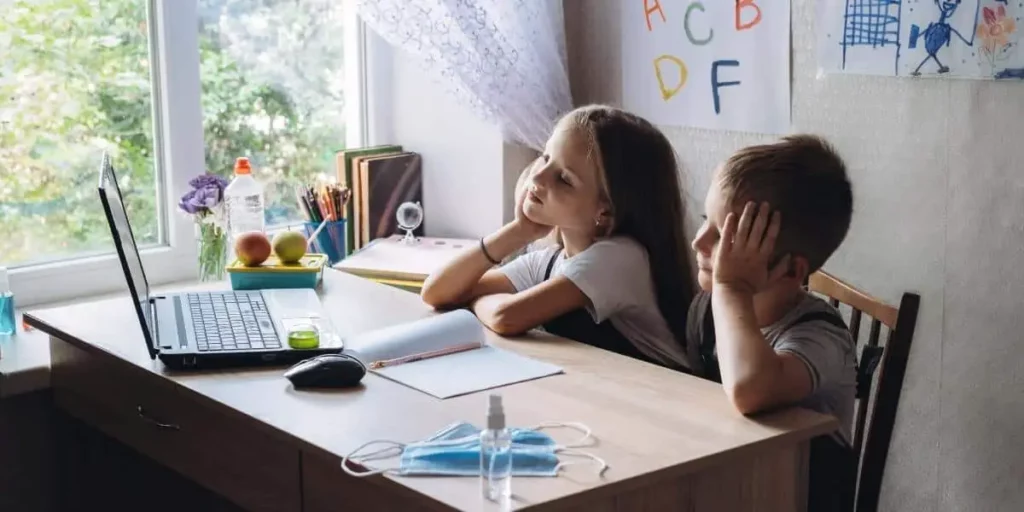
While there are some advantages to remote learning, there are also some disadvantages. Let us take a look at these disadvantages more closely:
Students Will Not Have Access to the Same Resources as They Would if They Were in School
One of the biggest disadvantages of remote learning is that students will not have access to the same resources as they would if they were in school.
This means that they will not be able to use the same books, materials, or even computers as their classmates. Amenities like the library, science labs, and art studios will also be unavailable.
This can put students at a disadvantage because they will not be able to get the same level of education that they would if they were not learning remotely. Remote learning also puts a lot of pressure on parents or guardians to provide resources for their children.
Some Students May Feel Isolated and Alone
Another disadvantage of remote learning is that some students may feel isolated and alone. This is because they are not in a classroom with their peers. They may not have anyone to ask for help or talk to about the learning materials they have to work on daily.
This can be a big problem for students who struggle with remote learning. It can also be a problem for students who are introverted or shy. This can also negatively impact students’ physical health. After all, peer relationships are not what they used to be, which can affect students’ mental well-being.
In-person learning is different from remote learning, and many educators are encouraging parental involvement so that children engage with remote learning positively.
Screen Time Is Increased Significantly
With online classes, students have to spend more time looking at a computer screen or tablet in order to do their work. This can lead to eye strain and headaches for some students. It can also lead to neck and back pain if students are not sitting properly while they are working on their devices.
Diminished Focus and Concentration
Remote learning can also lead to diminished focus and concentration. This is because students are not in a traditional classroom setting. They may be working from home, which can be full of distractions.
Additionally, remote learning can be quite repetitive and boring for some students. This can lead to them zoning out or not paying attention to the material they should be learning.
Lack of Interaction
In a traditional classroom, students are able to interact with their peers and teachers on a daily basis. However, with remote learning, this interaction is limited.
This can lead to students feeling disengaged from the material that they are supposed to be learning. It makes education less fun for students, which can lead to them not wanting to learn at all. Social connections are important, along with physical activity.
How Can Parents Help Their Kids?

Parents play an important role in remote learning. They need to make sure that their kids are staying on task and not letting the negative effects of remote learning take over.
Some tips for parents include:
Encouraging Kids To Take Breaks Regularly
One of the best ways to help kids focus during remote learning is to encourage them to take breaks regularly. This will help them stay fresh and avoid burnout. However, parents must also monitor how their kids are spending their break time. Otherwise, kids will just use their break time to play video games or watch TV.
Helping Kids Stay Organized
Another way parents can help their kids is by helping them stay organized. This means creating a daily schedule and setting up a designated workspace for remote learning, to help them be on track.
Additionally, parents should make sure that their kids have all the materials they need before remote learning begins. This will help kids avoid getting frustrated and will make remote learning go more smoothly.
Allowing Kids To Be Social
Remote learning can be quite isolating for kids. As such, it’s important to allow them to be social and interact with their peers. This can be done through online platforms or even by arranging playdates (while maintaining social distancing). This way, kids can still socialize and interact with their friends even while remote learning.
Making Sure Kids Get Enough Exercise
Another important aspect of remote learning is making sure that kids get enough exercise. Just because kids are stuck at home doesn’t mean they can’t move around and get some exercise. There are plenty of ways for kids to stay active, such as going for walks, riding bikes, or even doing some simple exercises at home.
Being Available For Support
Parents must also be available for support. This means being there to answer any questions, help with schoolwork, and provide emotional support. Remote learning can be tough on kids, so it’s important that they know you’re there for them.

Helping Them Create A Schedule
Another way to help kids with remote learning is by helping them create a schedule. This will help them stay on track and avoid getting overwhelmed. For example, you can create a daily schedule for them that includes time for schoolwork, breaks, and even some fun activities.
Being Available For Support
Parents must also be available for support. This means being there to answer any questions, help with schoolwork, and provide emotional support. Remote learning can be tough on kids, so it’s important that they know you’re there for them.
Students need all the help they can get when it comes to remote learning. This is the reason why parents must be involved in their child’s education as much as possible. This way, they can help their kids stay on track and avoid getting overwhelmed.
Will Remote Learning Stay for Good?
Now that the threats of the pandemic are slowly subsiding, it’s time to ask ourselves if remote learning is here to stay. Some people say it’s a great way to learn, while others believe it’s not as effective as face-to-face instruction.
However, it all boils down to what works best for the students. If they’re able to learn and retain information better through remote learning, then it’s worth keeping around. Otherwise, it’s best to go back to traditional methods of teaching.
Most students in high school or college can probably attest to the fact that remote learning has its challenges. For one, it’s easy to get distracted at home. So many things are competing for our attention, from social media to Netflix.
It’s also harder to stay on track when you’re not in a physical classroom. You might be more likely to fall behind or miss assignments since there’s no one there to hold you accountable.
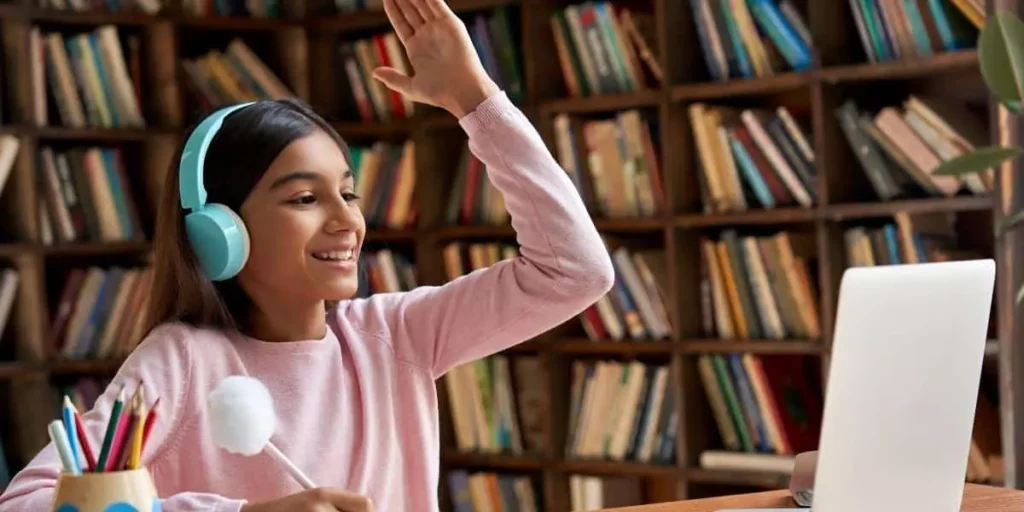
But remote learning also has its benefits. For introverted students, it can be a relief not to have to deal with the stress of social interactions. And for students with anxiety or other mental health issues, remote learning might be a less daunting option.
Plus, remote learning opens new doors that help students get more out of their education. With the right tools and support, remote learning can be just as effective as in-person instruction.
Remote learning also allows students to enroll in courses that might not be available at their school. This is a huge advantage, especially for students who want to take more advanced courses or explore new interests.
So while remote learning might have some challenges, it also has the potential to be a great experience for students. With the right support, online learning can help students succeed in school and beyond.
What Do Experts Say About Remote Learning?
There is still a lot we don’t know about remote learning. But based on what we do know, experts say that remote learning can be effective if it’s done well.
For example, a recent study found that students who participated in remote learning had higher grades and were more likely to graduate than students who did not participate in remote learning.
However, there are also some drawbacks to remote learning. For example, experts say that remote learning can be isolating for students and that it can be difficult to keep students on track.
So, what does all of this mean for students?
Experts say it can be a great option for some students, but it’s not right for everyone. This is because remote learning can positively and negatively affect students.
Educational institutions must also consider that not all students have access to the same resources. For example, some students might not have a quiet place to study or access to a reliable internet connection.
These things should always be taken into consideration so that the remote learning experience is positive for all students involved. Otherwise, an imbalance could result in some students feeling left behind or not getting the education they deserve.
Conclusion
Remote learning is a great way to continue education during uncertain times, but it’s important to ensure that all students have the resources they need to succeed.
To make remote learning as effective as possible for kids, consider the following:
- Set up a designated remote learning space for your child with all the necessary materials so they can focus on their work.
- Make sure they have a strong and reliable internet connection.
- Talk to their teachers about what resources they need in order to be successful.
If you take these steps, remote learning will be a more positive experience for your child and will help them stay on track with their education.
Parents must always be mindful of the effects of remote learning on students so that they will always be able to support their children in their educational endeavors.









